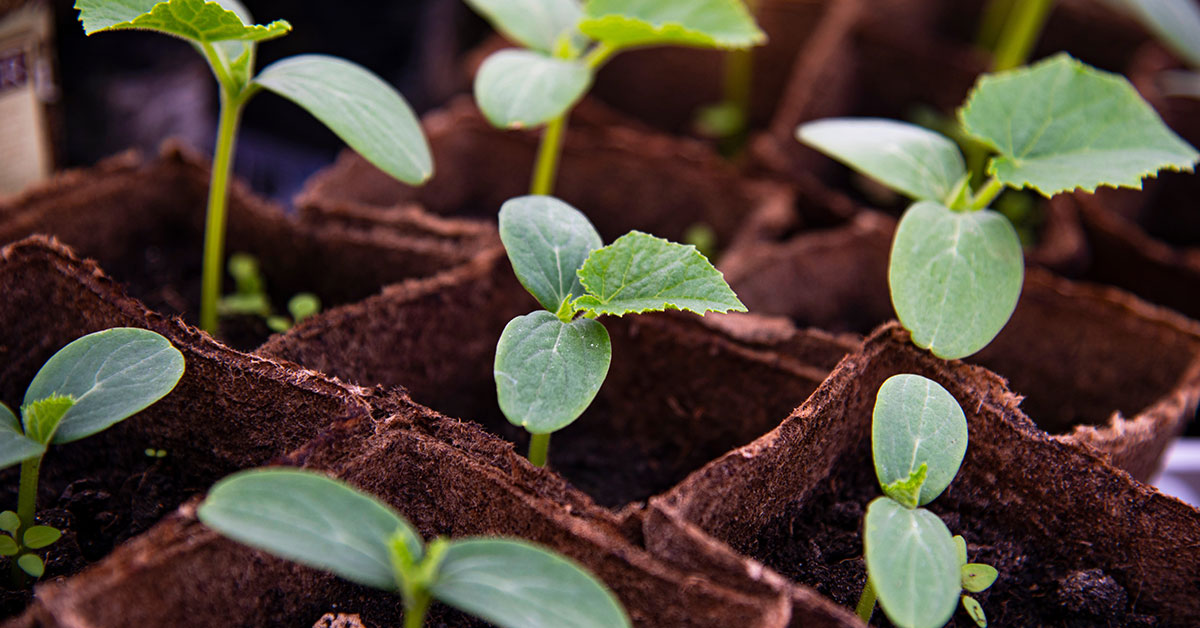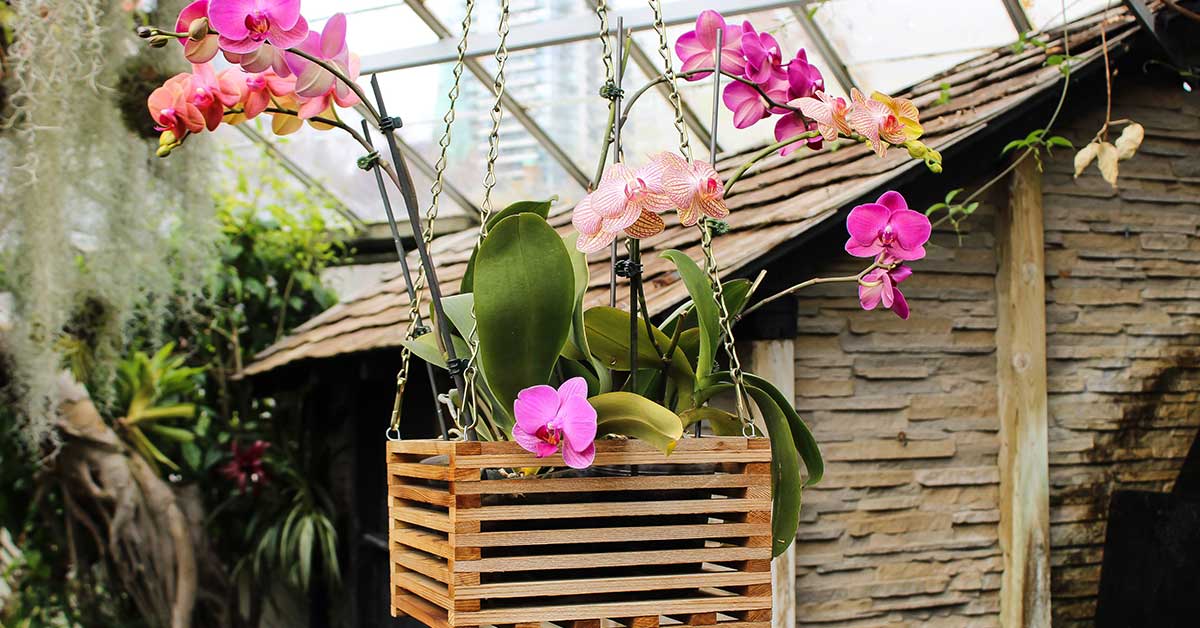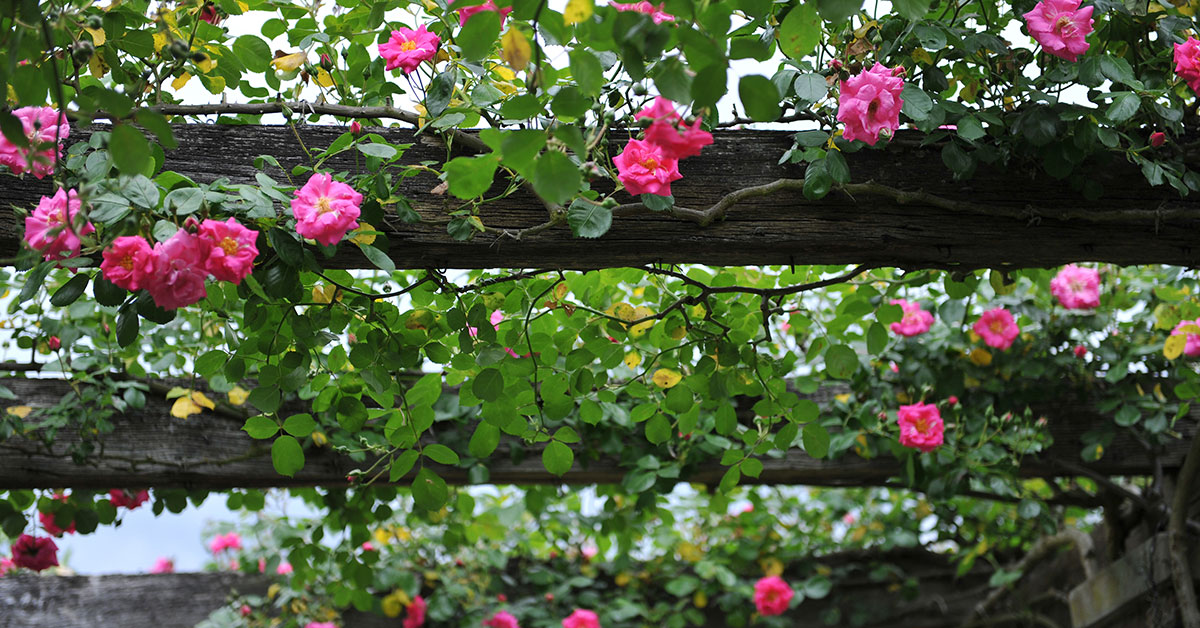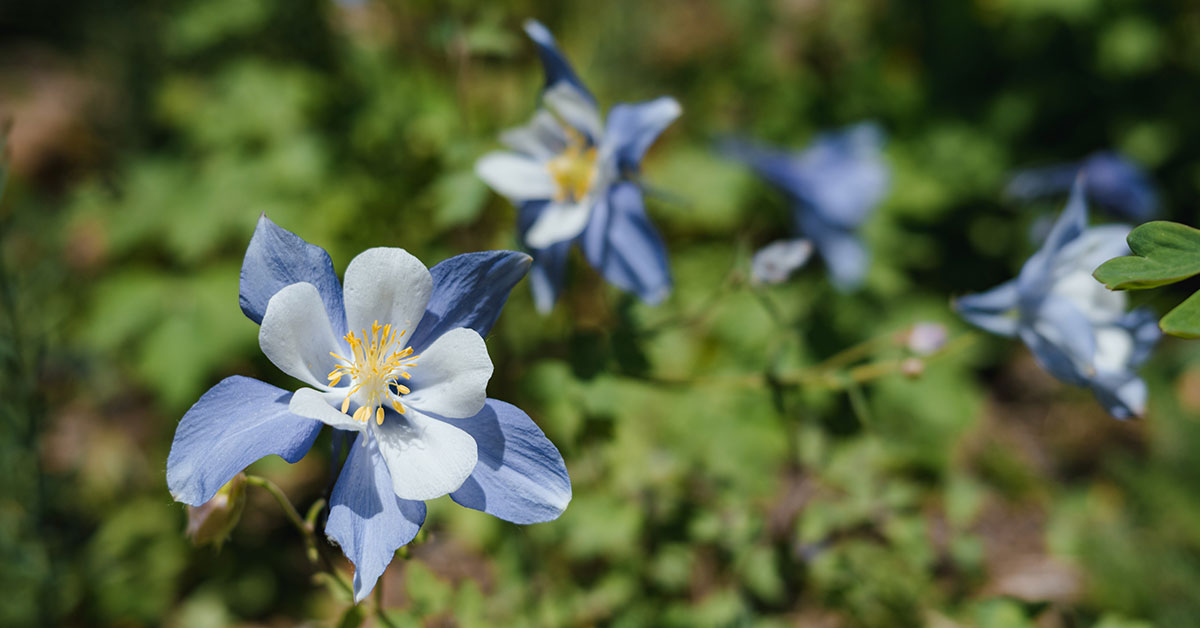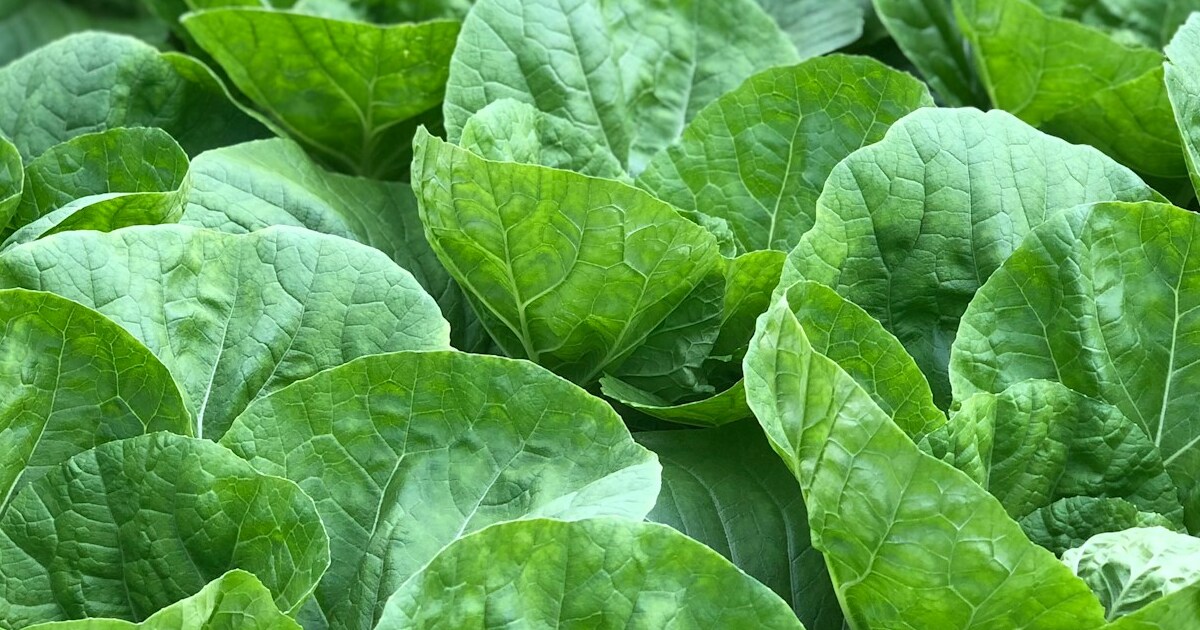Planting cucumbers in zone 3 can be a rewarding experience, but it’s crucial to know the best time to sow these delicious fruits to ensure a bountiful harvest. In this article, we will delve into the optimal timing for planting cucumbers in zone 3, taking into account the region’s unique climate and frost dates.
Whether you’re a seasoned gardener or a beginner, our expert advice will help you make the most of your cucumber-growing endeavors in this challenging but rewarding gardening zone.
Best varieties of Cucumbers for zone 3
In zone 3, where the growing season is shorter and cooler, it is important to choose cucumber varieties that are well-suited to these conditions. Here are a few cucumber varieties that tend to perform well in zone 3:
- ‘Northern Pickling’: This is a popular cucumber variety for pickling, as the name suggests. It is known for its ability to withstand cooler temperatures and produce abundant yields. It has a crisp texture and can be harvested when small for pickling or left to grow larger for slicing.
- ‘Marketmore 76’: This is a classic slicing cucumber variety that is known for its disease resistance and adaptability to cooler climates. It produces dark green, smooth-skinned cucumbers with a sweet and refreshing flavor. It is a reliable and productive choice for zone 3.
- ‘Bush Champion’: If you have limited space or prefer container gardening, ‘Bush Champion’ is a compact cucumber variety that works well. It is a bush-type cucumber that doesn’t require much space to grow and produces a good yield of medium-sized cucumbers. It is also known for its disease resistance.
- ‘Lemon’: If you’re looking for a unique cucumber variety, ‘Lemon’ cucumbers might be a great option. These small, round cucumbers resemble lemons in shape and color. They have a mild and slightly sweet flavor and are excellent for fresh eating or pickling.
Remember to always check the specific growing requirements and recommendations for each variety, as they can vary slightly. Additionally, providing your cucumbers with full sun, fertile soil, and consistent moisture will help ensure their success in zone 3.
When to plant Cucumbers in zone 3
In gardening, understanding your hardiness zone is essential as it determines the suitability of various plants for your region. Zone 3 is known for its cold and harsh winters, making it crucial to choose plants that can tolerate such conditions. Fortunately, cucumbers can be successfully grown in zone 3, but it’s important to time your planting correctly.
Zone 3 experiences a short growing season, with an average last frost date around late May to early June and an early frost date in September. To ensure the best chance of success, start cucumber seeds indoors 3 to 4 weeks before the last frost date. This will give them a head start and allow the seedlings to be transplanted into the garden once the weather warms up.
Cucumbers are warm-season vegetables that thrive in temperatures between 70-85°F (21-29°C). Therefore, it is crucial to wait until the soil has warmed up sufficiently before planting cucumbers outdoors. Aim for a soil temperature of at least 60°F (15°C) before transplanting the seedlings.
To achieve this, you can use various methods such as using black plastic mulch to warm the soil or covering the planting area with row covers to create a mini greenhouse effect. These techniques help to trap heat and increase soil temperature, allowing for earlier planting.
Once the soil has reached the desired temperature, you can transplant your cucumber seedlings into the garden. Ensure the soil is well-drained and enriched with compost or organic matter to provide the cucumbers with the necessary nutrients. Cucumbers require full sun, so choose a location in your garden that receives at least 6-8 hours of direct sunlight per day.
To protect the young cucumber plants from potential late spring frosts, you can use row covers or cloches until the danger of frost has passed. This extra layer of protection will help prevent damage and ensure healthy growth.
Additionally, it is important to consider the specific cucumber variety you are planting, as some cultivars may have different requirements regarding temperature, disease resistance, and days to maturity. Always refer to the seed packet or consult with a local gardening expert for specific information on the cucumber variety you have chosen.
By following these guidelines and being attentive to the weather conditions in your area, you can successfully grow cucumbers in zone 3 and enjoy a bountiful harvest in the late summer months.
When to harvest Cucumbers in zone 3
In zone 3, the optimal time to harvest cucumbers is typically in late summer, around 60 to 70 days after planting. Cucumbers are usually ready to harvest when they reach a length of 6 to 8 inches and have a bright green color. It’s important to regularly check your cucumber vines for mature fruits and harvest them promptly to encourage continuous production.
Other considerations for growing Cucumbers
When growing cucumbers in zone 3, there are several additional considerations to keep in mind:
- Early planting: Cucumbers are warm-season crops. It is important to start them early indoors or use protective measures like row covers to extend the growing season. Planting cucumbers as seedlings rather than direct seeding will give them a head start.
- Soil preparation: Prepare the soil by adding organic matter. Such as compost or well-rotted manure to improve its fertility and drainage. Cucumbers prefer well-drained soil with a pH level between 6.0 and 7.0.
- Site selection: Choose a location with full sun exposure for at least 6-8 hours a day. Cucumbers thrive in warm conditions, so select a spot that receives maximum sunlight and is protected from strong winds.
- Trellising: Consider using trellises or stakes to support cucumber vines. This helps save space, improves air circulation, and reduces the risk of diseases and pests. Trellising also makes it easier to harvest the cucumbers.
- Watering: Cucumbers require consistent moisture, especially during the flowering and fruiting stages. Water them deeply, but avoid overwatering or allowing the soil to become waterlogged. Mulching around the plants can help retain soil moisture.
- Pollination: Cucumbers rely on pollinators, such as bees, for successful fruit set. In cooler climates, pollination can be a challenge. To improve pollination, consider hand-pollinating the flowers using a small brush or by gently shaking the plants.
- Pests and diseases: Be vigilant for common cucumber pests like cucumber beetles, aphids, and powdery mildew. Regularly inspect the plants and take necessary measures. Such as using organic insecticides or practicing companion planting, to prevent or control these issues.
- Harvesting: Harvest cucumbers when they reach their desired size, typically around 6-8 inches long. Regularly picking the cucumbers promotes continuous production and prevents them from becoming overripe and bitter.
By considering these factors, you can increase your chances of successfully growing cucumbers in zone 3.


